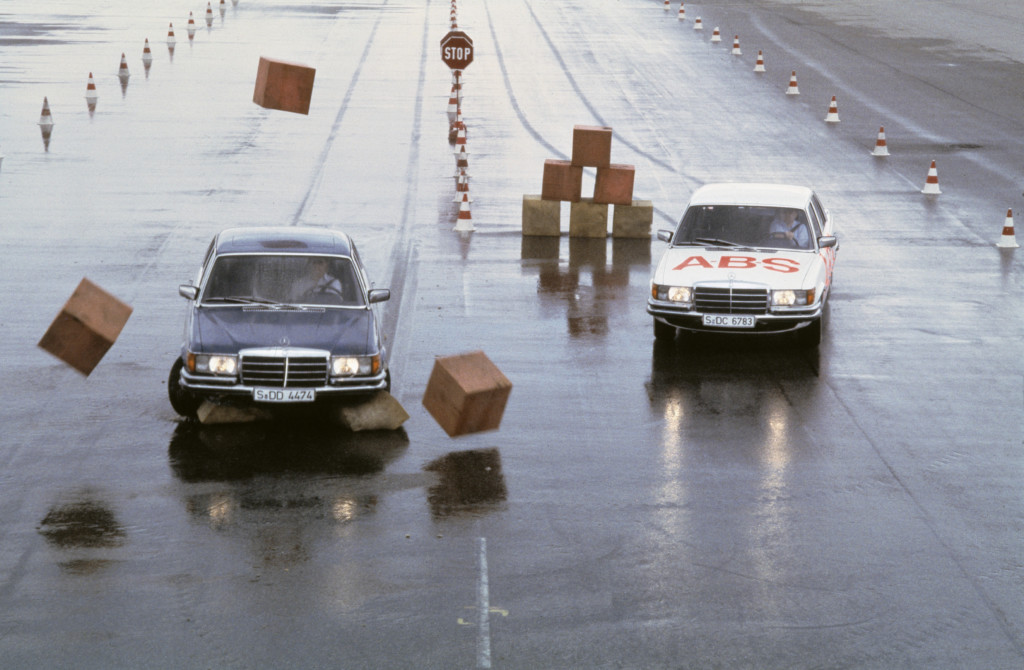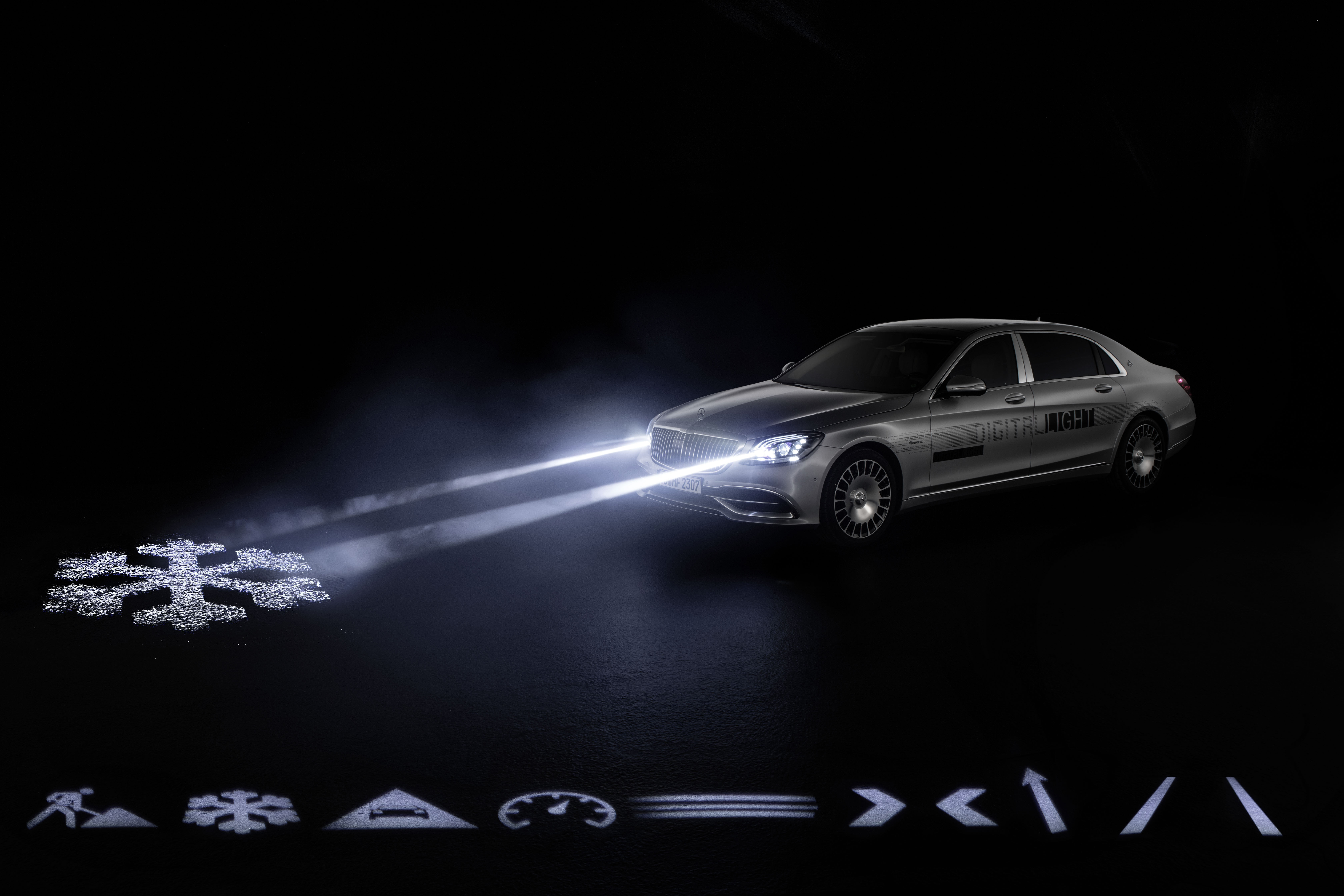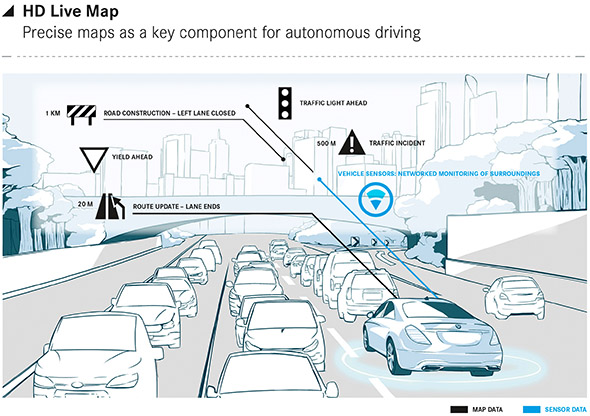Active Parking Assist and Parktronic





A newly developed parking guidance system is making its series production debut in the Mercedes-Benz CL-Class this autumn. The system uses radar technology to help the driver find a suitable parking space and park the vehicle.

When driving past at a speed of up to around 40 km/h, side-mounted radar sensors in the front and rear bumpers of the new luxury coupé measure whether the parking spaces on the driver and front passenger sides are sufficiently large for the vehicle.
Once the system has found a suitable parking space on the front passenger side, a blue “P” symbol appears in the instrument cluster if the vehicle speed is below 16 km/h. Parking spaces on the driver’s side are shown if the indicator on that side is operated.

Once the driver has stopped the coupé in the position shown on the display and engaged reverse gear, the display shows a symbolic, bird’s-eye-view representation of the parking situation. Coloured guide lines show the driver how best to park: a red line indicates the current steering angle, while a yellow line shows the steering angle required for parking. The driver now turns the steering wheel until the two lines coincide, and can then begin to reverse slowly.
As soon as the ideal and actual steering angles coincide, the guide lines on the display change to green. When reversing, an acoustic signal informs the driver when it is time to countersteer.
During the parking manoeuvre, the guidance system continuously monitors the steering angle and vehicle position. If the driver stops before reaching the recommended position, for example, the system automatically recalculates the ideal steering angle for smooth parking.

The new radar-based parking guidance system, which will be optionally available for the CL-Class from the end of 2006, works in tandem with the Parking Assist feature familiar from the S-Class. This system uses radar to measure the distance to obstacles in front of and behind the car, informing the driver by means of the display and an intermittent acoustic warning.
PARKTRONIC: ultrasonic sensors on the bumpers

At close quarters and when manoeuvring below 16 km/h, another assistance system, PARKTRONIC, automatically warns the driver when things get really tight in front of or behind the SL sports car. It operates on the echo sounder principle.
A total of ten sensors on the front and rear bumpers emit ultrasonic signals which are reflected back by other vehicles or obstacles. Based on the time which elapses between transmission ands reception of the signal, a microcomputer calculates the distance between car and obstacle and activates a visual and/or acoustic signal to inform the driver.

The first yellow segment of a display – located either on the instrument panel or on the rear panel, depending on whether the car is moving forwards or reversing – lights up when the distance between car and obstacle becomes less than one metre (or 1.20 metres at the rear).
As the distance shortens, further yellow segments of the display gradually light up. When the distance becomes less than 30 centimetres, the first red segment lights up and an acoustic warning sounds intermittently.
This warning sounds continuously when the distance drops to 20 centimetres. When the car is reversing, the acoustic warning sounds straight away, becoming more and more continuous as the vehicle nears the obstacle. PARKTRONIC therefore makes it easier to park or manoeuvre in tight spaces.









